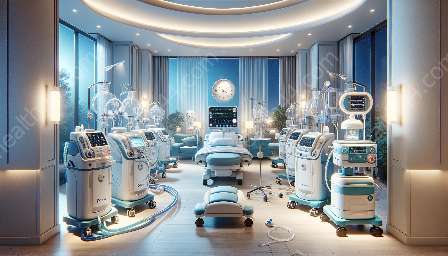BiPAP machines, also known as bilevel positive airway pressure machines, are vital respiratory care devices used to treat various respiratory conditions. These medical devices & equipment provide advanced therapy to improve breathing comfort and overall respiratory health.
Understanding BiPAP Machines
BiPAP machines deliver pressurized air to the lungs, supporting those who struggle with breathing difficulties, such as sleep apnea, COPD, or other respiratory disorders. Unlike CPAP (Continuous Positive Airway Pressure) machines, BiPAP machines offer two distinct levels of pressure – a higher level during inhalation and a lower level during exhalation. This innovative feature helps to mimic natural breathing patterns and provides a more comfortable experience for users.
Features and Benefits
BiPAP machines come equipped with a range of features to enhance therapy effectiveness and user convenience. Many devices offer adjustable pressure settings, mask options, and data tracking capabilities to monitor therapy progress. The benefits of using BiPAP machines include improved oxygenation, decreased carbon dioxide levels, reduced work of breathing, and enhanced sleep quality for individuals with respiratory issues.
Compatibility with Respiratory Care Devices
BiPAP machines are compatible with various respiratory care devices, such as oxygen concentrators, humidifiers, and nebulizers. These integrated setups allow individuals to receive comprehensive respiratory support tailored to their specific needs. Additionally, BiPAP machines can be used in conjunction with ventilators in critical care settings, providing crucial respiratory assistance to patients with acute respiratory failure or chronic conditions.
Maintenance and Care
Proper maintenance of BiPAP machines is essential to ensure their optimal performance and longevity. Regular cleaning of components, including masks, tubing, and filters, is crucial to prevent contamination and maintain hygiene standards. Additionally, scheduled equipment checks and calibration are necessary to guarantee accurate air pressure delivery and overall machine functionality.


